Invited Speakers
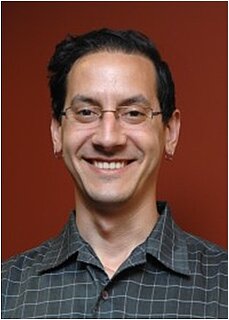 | Dr. Jonathan Thon Harvard Medical School, USA Research: We are making functional platelets for human infusion. Platelets are essential for hemostasis, and platelet transfusions are widely used to treat patients with inherited or acquired thrombocytopenia. Consequently, the limited availability of donor platelets owing to their 5-day shelf life, immunogenicity of platelet products and risk of sepsis due to bacterial contamination are of serious clinical concern. New strategies for generating platelets in vitro from non-donor dependent sources are necessary to obviate these risks and meet transfusion needs. My research goals are to develop a bio-mimetic system to study the cell biological and molecular pathways involved in platelet production, and produce useable numbers of clinically viable human platelets for infusion. | |
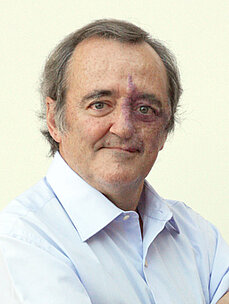 | Dr. Mariano Barbacid El Centro Nacional de Investigaciones Oncológicas (CNIO), Spain Research: His work led in 1982 to the isolation of the first human oncogene and the first mutation associated with the development of human cancer. These findings, also made independently by two other groups, have been seminal to establish the molecular basis of human cancer. During the following decade, he joined Bristol-Myers Squibb where he became Vice President of Oncology Drug Discovery. In 1998, he returned to Spain to build and direct the Spanish National Cancer Research Center (CNIO). In 2011, he stepped down as director to concentrate on his own research on the identification and functional validation of therapeutic strategies to treat K-Ras/TP53 driven lung and pancreatic tumors. | |
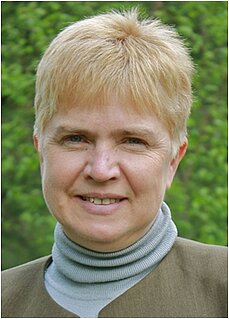 | Prof. Ludmilla Morozova-Roche Umeå University, Sweden Research: Prof. Ludmilla Morozova-Roche is a Professor of Medical Biophysics at the Umeå University in Sweden. Her work focuses on the role of inflammation and amyloid formation in neurodegeneration diseases including Alzheimer’s, Parkinson’s diseases and traumatic brain injury. In particular, her research addresses early events in fibrillation process and the molecular and cellular mechanisms of amyloid toxicity. | |
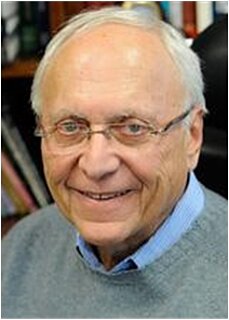 | Prof. Robert Goldman Feinberg School of Medicine, Northwestern University Chicago, USA Research: We study the structure, function and dynamic properties of intermediate filaments in essential mammalian cell biological phenomena. Our work focuses on the role of cytoskeletal intermediate filaments in regulating cell shape, mechanics, signal transduction, adhesion, cell motility and molecular cross talk with microtubules and microfilaments. We are also determining the roles of the nuclear lamins in regulating nuclear architecture and chromatin organization. | |
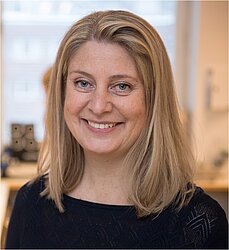 | Prof. Anna Smed Sörensen Karolinska Institute Solna, Sweden Research: With every breath we expose our lungs to foreign material that our immune system needs to tolerize or fight. Therefore, it may not be surprising that acute respiratory infections, caused by inhaled viruses such as Influenza or Hanta viruses, are the most frequent reason for medical consultations in the world. Infection or inflammation is often restricted to a particular site in the body and Dendritic Cells (DCs) are different depending on their anatomical distribution. Therefore, an important originality of our work is that we study immune cells of the respiratory system, the site of infection and inflammation. We work in close collaboration with physicians to collect endobronchial biopsies and bronchoalveolar lavage fluid and cells following bronchoscopy, as well as blood, and apply a range of sophisticated immunological and cell biological methods to understand the detailed function of DCs. If we can correlate the phenotype and function of DCs, the immune cells that present antigen to T cells, to clinical parameters, this project could aid in the identification of novel biomarkers, as well as prepare the ground for new treatments for pulmonary conditions. | |
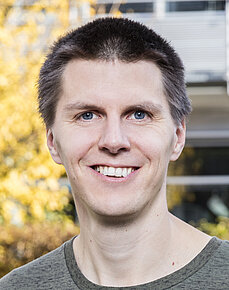 | Dr. Andreas Diepold Max Planck Institute for Terrestrial Microbiology Marburg, Germany Research: Bacteria that live in contact to eukaryotic cells greatly benefit from being able to manipulate host cell behaviour. One of the most direct and elegant ways to reach this aim is the type III secretion system (T3SS), a molecular syringe also known as “injectisome”, used by gram-negative bacteria to inject effector proteins into host cells. The T3SS is essential for virulence in many important human pathogens, including Salmonella, Shigella, and pathogenic Escherichia coli, that cause several millions of deaths per year. My group wants to understand how the T3SS works on the molecular level, how it is activated and regulated during the infection process, and how we can control or inhibit its function. To this aim, we analyze the T3SS in live bacteria. We recently found that the T3SS is a dynamic molecular machine, which can quickly adapt its assembly and function to external cues. We now aim to find out how bacteria use protein dynamics for secretion, and how this increases their chance of survival during infection. | |
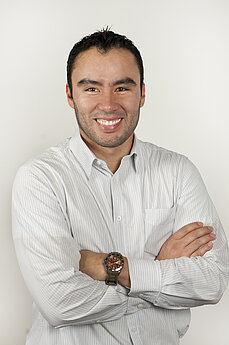 | Prof. Guillermo Leon Montoya Pelaez Universidad Icesi, Cali, Colombia Research: Dr. Guillermo Montoya has extensive expertise in natural products chemistry; he is a Pharmaceutical Chemist with a Ph.D. in Chemical Sciences. He had the opportunity to train in mass spectrometry coupled to liquid chromatography in Würzburg University (Germany) under the guidance of Dr. Prof. Ulrike Holzgrabe. He studied glycosylated pentacyclic triterpenes and fragmentation reactions under soft ionization techniques. He is now the research group leader of the natural products branch at the Icesi University (IU). The main goal of the branch is to establish new modern tools to discover natural molecules from renewable sources and exploring Andean native biodiversity. He is also interested in discovering molecules from agricultural residues to use them as a raw material in new bioproducts. He has been working at IU for 7 years, previously having held positions such as Assistant Professor and Researcher in Phytochemistry, he was the Chairman of Pharmacy Program during the last two years, and currently he is the Head of Pharmaceutical Sciences Department. He has been the PI of several internal and national grants related to the development of new tools and methodologies to identify wasted organic molecules and promoting its recovery. Within the framework of his work, he successfully established a research collaboration with the institute of medicinal chemistry of Würzburg University. He actively promotes the bilateral academic exchange of students between Germany and Colombia. | |
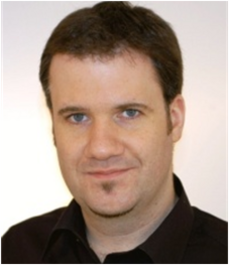 | Prof. Dr. Philip Kollmannsberger CCTB University of Würzburg, Germany Research: We develop and apply computational methods for automated image and network analysis, aiming towards a quantitative understanding of multicellular interactions in neuronal and other tissues. Our approach includes for example segmentation of synaptic structures from electron microscopic images using deep learning, clustering of neuronal proteins from 3D super-resolution microscopy, and the analysis of network structure and dynamics both in vitro, in 3D tissue culture as well as in vivo. Based on the quantitative information from such large-scale image data, we develop theoretical models and generate new hypotheses on the structure and function of complex biological networks on all scales
|





